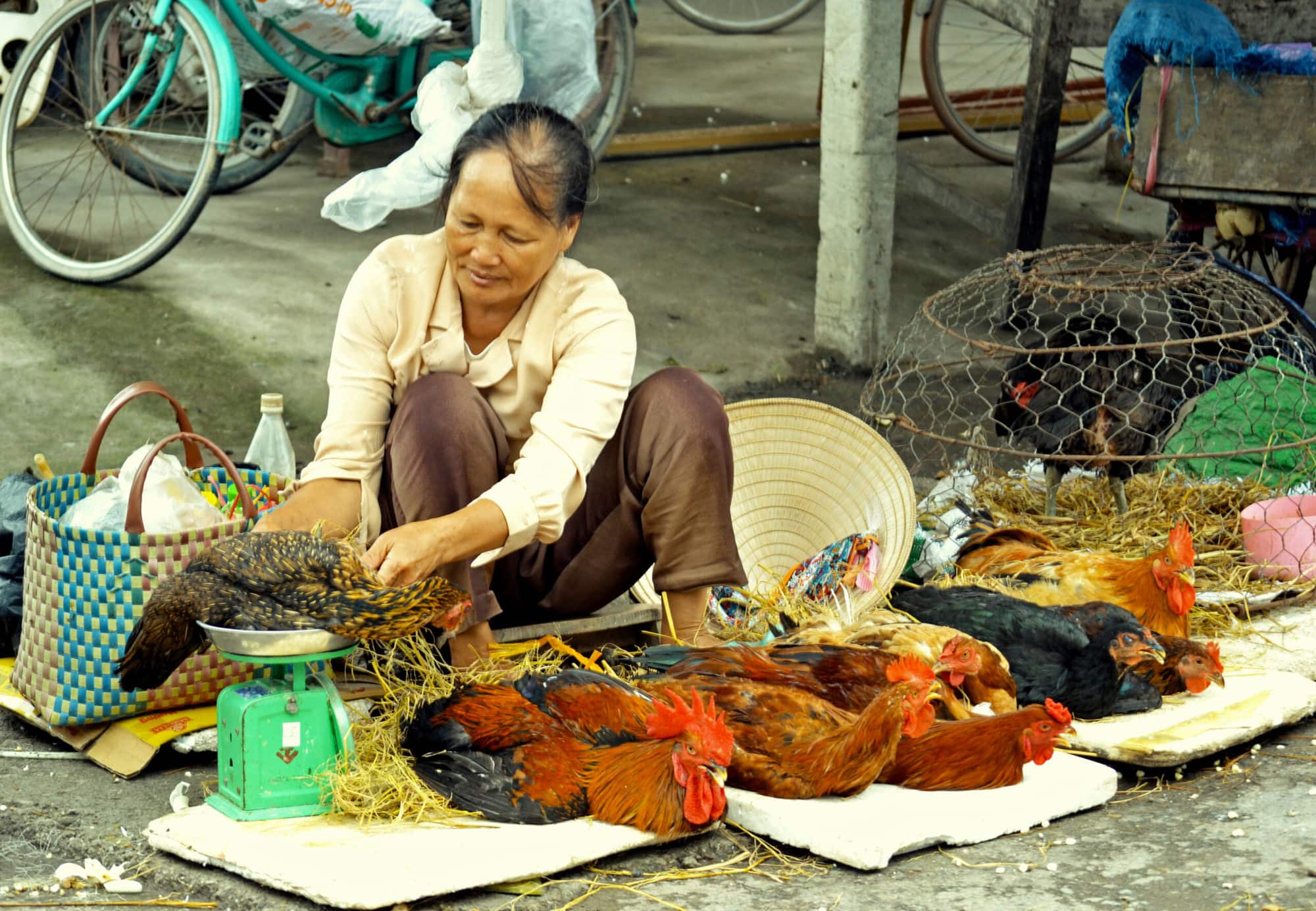What’s really in our food? A global Look at Food Composition Databases—and the Gaps We Need to Fix
- From
-
Published on
13.06.25
- Impact Area

To build healthier food systems, we need better food data. A new research shows where the gaps are—and how innovations like PTFI are helping to close them.
In today’s world, we hear a lot about what we eat: more vegetables, less sugar, local and sustainable, nutrient-rich. But there’s a fundamental question most people don’t think about—how do we actually know what’s in our food? The answer lies in food composition databases (FCDBs), which are collections of data about the nutritional contents of different foods, from macronutrients like protein and fat, to vitamins, minerals and beyond, including specialized biomolecules like antioxidants and phytochemicals.
But a new global review, published in Frontiers in Nutrition Journal, reveals that many of these databases are outdated, inconsistent, or difficult to access altogether—especially in the places that need them most.
Related news
-

Australia partners with International Livestock Research Institute to upskill researchers from Africa and Asia
International Livestock Research Institute (ILRI)13.11.25-
Food security
-
Poverty reduction, livelihoods & jobs
Australia has joined forces with the International Livestock Research Institute (ILRI) to support th…
Read more -
-

A decade of academic and research partnership advances One Health in Vietnam
International Livestock Research Institute (ILRI)13.11.25-
Health
In northern Vietnam, Thai Nguyen province has become one of the most active hubs for…
Read more -
-

Accelerating wheat breeding, from Toluca in Mexico to the world
CGIAR Initiative on Breeding Resources12.11.25-
Climate adaptation & mitigation
-
Nutrition, health & food security
In Mexico, a project has been completed to develop new elite parental lines of wheat…
Read more -
